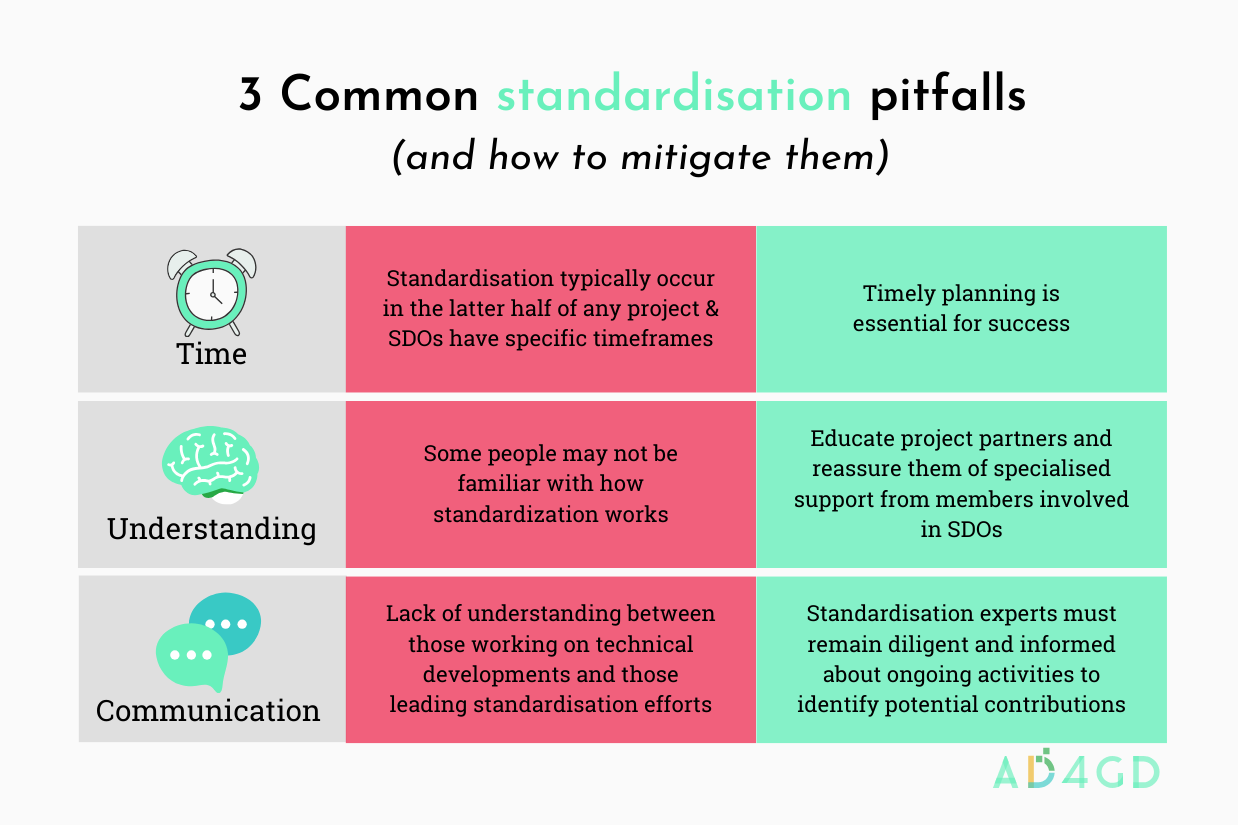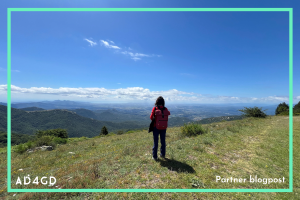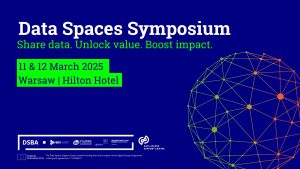
Standards are present in daily like, for example in sockets. Image: Public Domain
Standards surround us and without their interoperability, our daily lives would be a lot more complicated. Just think about travelling within Europe between countries that use different sockets. If you are visiting Geneva from most of Europe, you would need a specific converter to charge most of your bigger electronics like laptops, hairdryers, and others. This is within Europe; we are not even talking about travelling to the US or Asia. On the other side of the coin, we have examples such as the European Parliament and the European Council enforcing the adoption of USB-C charging ports by the end of 2024.
Standards are the guardians of quality and reliability in our research. In domains where the validity and reproducibility of results are of high importance, adhering to established standards is not just a procedural step but a commitment to excellence. This ensures that the research conducted, and the shared results stand up to the scrutiny of the global scientific community. Standards are also catalysts for innovation providing a clear, structured framework within which researchers can channel their creativity and inventiveness.
It is not the goal of this snippet to delve into the differences between the types of standards or to introduce the world of Standard Development Organisations (SDOs), but it is important to be aware that these differences exist when we are thinking about standardisation and preparing contributions within research projects.

Standards and standardisation
Standards and standardisation are the bedrock upon which research projects are built. Their role is pivotal to the success of these ambitious and collaborative endeavours. At the heart of research projects like the ones under the umbrella of Horizon Europe, is the collaboration between diverse partners from various countries and disciplines. In this melting pot of ideas and methodologies, standards can be used as a unifying language, a framework ensuring effective integration of existing technologies and best practices.
The importance of standardisation and the submission of contributions has become integral to numerous research projects, including AD4GD. Contributions in this context typically denote research outputs disseminated to relevant Standards Development Organisations (SDOs). These contributions vary extensively, encompassing both informative and technical aspects. This includes disseminating information about project progress or contributing technical elements to enhance existing standards or proposing new ones. Furthermore, the nature of these contributions can be either individual or collaborative, involving one or multiple organisations. The format of these submissions also varies, ranging from straightforward descriptive documents to more elaborate forms such as presentations, demonstrations, and tutorials.
Common pitfalls and how to mitigate them
Having led and supported standardisation efforts in numerous research projects over the years, we have identified several pitfalls and issues that need prompt attention and resolution. This is crucial for the success and timeliness of standardisation efforts. Common issues include:
-
- Time: Developments worthy of standardisation typically occur in the latter half of any project. Coupled with the fact that most SDOs have specific timeframes for accepting submissions and set dates for discussing contributions, it can be challenging to realise the results of these efforts within the lifespan of a relatively short project. Timely planning is essential for the success of such endeavours.
- Understanding: Although numerous standards are used in the development process, most consortia are not fully aware of how standardisation functions and might feel overwhelmed by the number of SDOs and their unique submission processes. It is crucial to educate project partners promptly and reassure them of specialised support from members involved with SDOs.
- Communication: In the setup of research projects, clear communication is sometimes lacking between those working on technical developments and those leading standardisation efforts. Standardisation experts and leaders must remain diligent and informed about ongoing project activities to not only identify potential contributions but also to be prepared to guide them effectively.

Standardisation and AD4GD
Standards and standardisation play an important role within the framework of AD4GD, in particular when it comes to collaboratively developing and defining the European Green Deal Data Space (GDDS) or closing the gaps between semantics and technology through research. In the context of Earth observation, several SDOs are actively involved with the generation of Internet of Things (IoT) communication and interoperability protocols.
For the application of standards as well as the standardisation-related efforts in AD4GD, we have adopted a dual approach; this involves the focus on specific standards to be implemented and reused within AD4GD, as well as the identification of project-specific elements that should be with the relevant SDOs.
Before engaging in standardisation activities, projects must develop some assets based on existing standards or independently. Once the standardisation potential of AD4GD is realised, we will be setting up liaisons with those SDOs whose work is aligned with project outputs. AD4GD is working on several assets for standardisation, including:
-
- OGC APIs
- OGC RAINBOW (OGC Definition Server)
- OGC Records API
- GeoDCAT
- SensorThings API
- Data spaces
- Information model
- Citizen science best practices and standardised vocabularies
Despite the complexity of standardisation efforts, a new standard was already published thanks to the efforts in AD4GD. The OGC Cloud Optimized GeoTIFF (COG) Standard was published in July 2023. It leverages specific characteristics of the TIFF v6 format, namely tiles and reduced resolution subfiles, along with GeoTIFF keys for georeferencing and HTTP range requests. This enables efficient downloading of segments of imagery and grid coverage data from the web, thus facilitating rapid visualisation and geospatial processing of TIFF or BigTIFF files. COG-aware applications can selectively download only the necessary data for visualisation or processing on the web. This is especially advantageous for numerous remote sensing datasets stored in cloud facilities, as it enhances their visualisation and processing efficiency. The standard sets out the requirements for converting a TIFF file into a COG file and for HTTP servers to swiftly make COG files accessible online.
This blogpost was co-written between Renata Radócz, Darica Egorova and Sébastien Ziegler from Mandat International.





